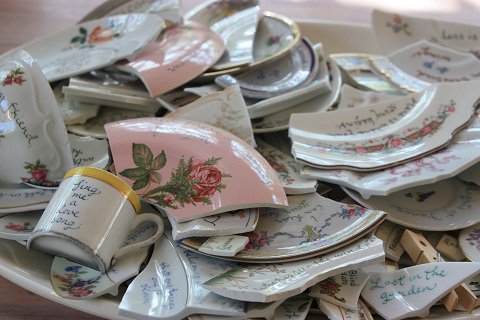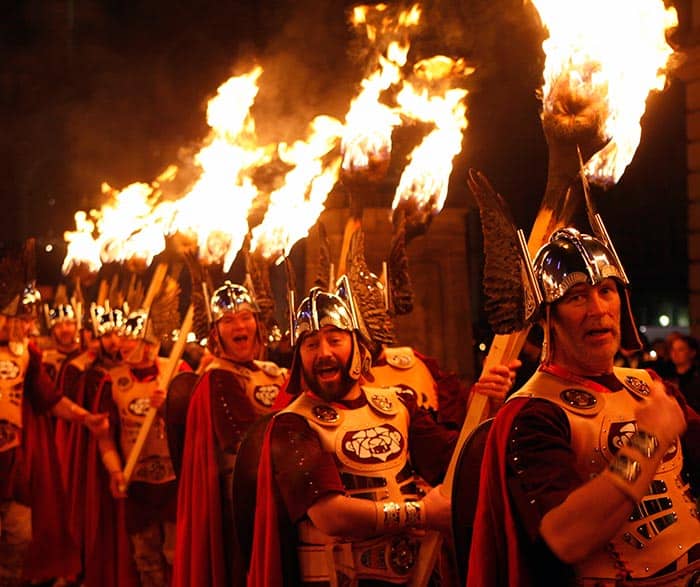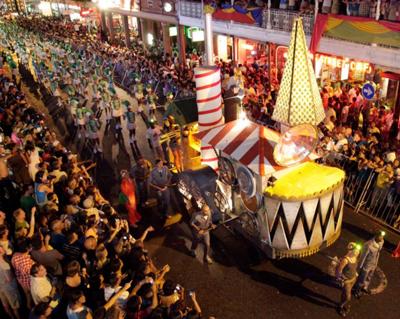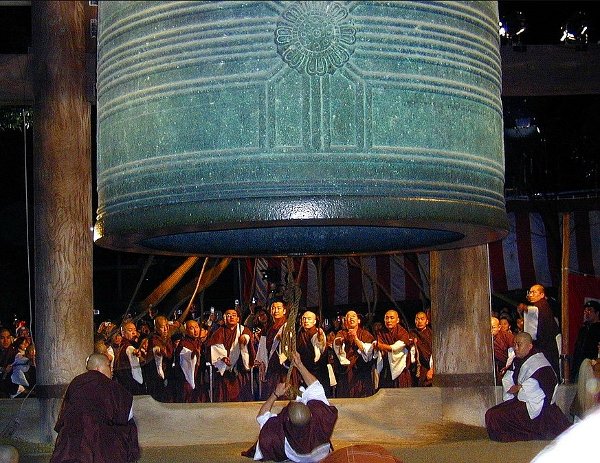New Year’s Eve 2024 is celebrated in unique ways around the world. From Spain’s lucky grapes to Japan’s bell chimes to cleanse sins, each culture brings its own perspective on renewal. These traditions, rich in symbolism, blend history, faith, and creativity to invite prosperity and happiness.
How New Year’s Eve 2024 is Celebrated in Different Cultures
A new year represents an opportunity to close chapters and start fresh with renewed enthusiasm. Around the globe, various cultures welcome January with festivities and customs that merge history, faith, and creativity. Some rituals aim for economic prosperity, while others emphasize love and good fortune.
Lucky Grapes in Spain

The tradition of eating twelve grapes at midnight is considered almost sacred in the Iberian Peninsula.
This custom originated in the early 20th century when a surplus grape harvest led to its popularization. Today, each of the twelve grapes accompanies a chime, representing the months to come. However, participants must be cautious not to choke, as the chimes can be faster than expected.
Midnight Kisses in the United States

For some Americans, the first moment of the New Year must include a kiss to ensure affection during the next twelve months.
While the exact origins of this ritual are unknown, it is speculated to have roots in Saturnalia festivals in ancient Rome. This tradition highlights the hope of avoiding a year of loneliness and reinforces the romantic idea of sharing love as the clock strikes twelve.
Lentils for Prosperity in Italy

In Italy, a plate of lentils at the New Year’s Eve dinner symbolizes the desire to attract wealth.
This tradition dates back to ancient Rome, where these legumes were given as gifts with the hope they would turn into gold coins. Each spoonful is infused with positivity, as it is associated with economic prosperity. Moreover, it’s a healthy alternative to share with family.
Breaking Dishes in Denmark

The Danes have a peculiar way of starting the year: throwing plates on the ground to show affection for friends and neighbors.
In the past, broken dishware remnants were smashed against nearby doors, seen as a sign of love and good wishes. Additionally, many Danes dare to jump off a chair exactly at midnight. This playful act symbolizes leaping into new opportunities and is believed to attract good fortune.
Red Underwear to Attract Love

In various Spanish-speaking parts of the world, red underwear is used as a charm to attract passion and romance.
Although its exact origin is unclear, its cultural significance is evident in the abundance of stores displaying red garments during the festive season. For many, wearing this crimson attire guarantees a year full of love.
Polka Dots and Coin Sounds in the Philippines

The streets of the Philippines are filled with polka-dotted clothing every December 31.
This tradition links to good fortune, as the circular patterns resemble coins. As a result, people wear outfits with pockets to hold coins, which they jingle at midnight, believing the sound amplifies economic luck in the coming year.
Hogmanay in Scotland: A Festival of Fire and Light

Scotland’s Hogmanay celebration features torchlight parades, bagpipers, and dances in traditional kilts.
Its origins trace back to Celtic and Norse traditions, but today Edinburgh hosts an impressive cultural display that lights up the Royal Mile. Additionally, the custom of “First Footing” dictates that the first guest of the night brings good luck, provided they come with a symbolic gift like bread or coal.
Second New Year in Cape Town

In South Africa, the New Year is welcomed with “Tweede Nuwe-Jaar” or Second New Year, which takes place after New Year’s Day.
The city bursts with color and music, hosting a grand carnival that brings families and tourists together for dances, parades, and traditional dishes. This festive atmosphere extends the feeling of renewal for a few more days.
108 Bell Chimes in Japan

In Japan, Buddhist temples ring bells 108 times in a ritual known as “joya no kane.”
Each chime aims to eliminate one of the human sins, from envy to anger. Simultaneously, eating “toshikoshi-soba” symbolizes the extension of family fortune throughout the year, reinforcing the idea of a clean and auspicious transition.
The Importance of Preserving New Year’s Traditions
In conclusion, New Year’s Eve celebrations reflect unity, good wishes, and aspirations across cultures.
While some places highlight values like love or friendship, others focus on economic prosperity or spiritual purification. These customs, though varied, share the common hope of closing a chapter and welcoming the promise of a better future.
Mike Rivero — New Year’s Eve and Rituals





